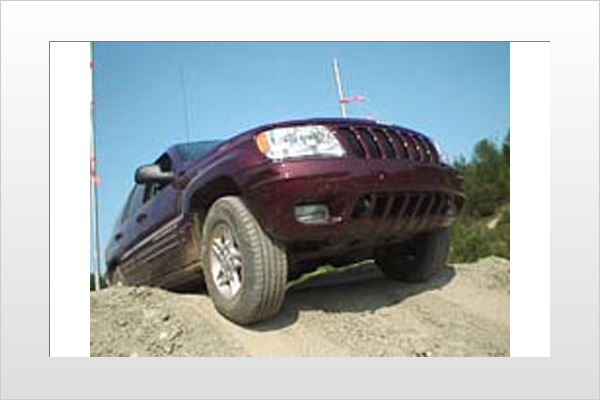
While horsepower is often considered when shopping for a vehicle, what about that "other" engine rating: torque?
Specifically, what are the differences between horsepower and torque? If you flip through the pages of any automotive publication, you'll notice that these two measurements are commonly listed under vehicle specifications. And while the average car enthusiast knows that both horsepower and torque play a role in performance, most of them don't understand exactly how or why.
Let's begin by explaining the technical difference between the two. Horsepower is defined as the amount of energy required to lift 550 pounds, one foot, in one second. From this definition you can see that the components of horsepower are force, distance and time. Distance and time are self-explanatory but force, specifically a twisting force, is what torque is all about.
Remember that the initial energy that moves a car forward starts in the combustion chamber in the form of an explosion. This explosion forces a piston (or group of pistons) down in a straight line, which pushes on a connecting rod and turns the engine's crankshaft. It's this turning crankshaft where the twisting force of torque initiates. From there the force is carried through a flywheel, transmission, driveshaft, axle(s) and wheel(s) before moving the car.
The measurement of torque is stated as pound-feet and represents how much twisting force is at work. If you can imagine a plumber's pipe wrench attached to a rusty drainpipe, torque is the force required to twist that pipe. If the wrench is two feet long, and the plumber pushes with 50 pounds of pressure, he is applying 100 pound-feet of torque (50 pounds x 2 feet) to turn the pipe (depending on the level of rust, this may or may not be enough torque). As you may have noticed, this measurement of torque does not include time. One-hundred pound-feet of torque is always 100 pound-feet torque, whether it is applied for five seconds or five years. So, if you want a quick answer to the difference between horsepower and torque, just keep in mind that horsepower involves the amount of work done in a given time, while torque is simply a measurement of force and is thus a component of horsepower.
To see how torque and horsepower interact, imagine your favorite SUV (everyone has one of those, right?) at the base of a steep hill. The engine is idling and the gear lever is in the "Four-Low" position. As the driver begins to press on the throttle, the engine's rpm increases, force is transmitted from the crankshaft to each wheel, and the SUV begins to climb upward. The twisting force going to each wheel as the vehicle moves up the hill is torque. Let's say the engine is at 3,000 rpm, the gear ratio is 3, and the vehicle is creating 300 pound-feet of torque. Using the following formula, we can calculate horsepower:
Take the torque of 300 multiplied by a shaftspeed of 1000 (3000 rpm divided by a gear ratio of 3) for a total of 300,000. Divide 300,000 by 5,252 and you get 57.1 horsepower that the SUV is making as it begins to ascend the hill. It is interesting to note that, since 5,252 is used to calculate horsepower by way of torque and shaftspeed, it is also the number in the rpm range at which torque and horsepower are always equal. If you were to view the horsepower and torque curves of various engines, you would notice that they always cross at 5,252 rpm.
So now we have a technical understanding of how torque interacts with horsepower, but let's move beyond that to some real-world examples. For instance, we all know that a car moves from a dead stop in 1st or low gear, yet as the car's speed increases, the gears must be moved up through 2nd, 3rd and 4th to maintain acceleration. This is because at low speeds the transmission's gears work to transmit maximum torque from the engine to the wheels. You want this because it takes more force, or torque, to move a vehicle that is at rest than it does to move a vehicle in motion (Newton's 1st Law). At the same time, once a vehicle is underway, you want less torque and more horsepower to maintain a high speed. This is because horsepower is a measurement of work done and includes a time element (such as wheel revolutions per minute necessary to maintain 75 mph).
Since entire books have been written on the concepts of horsepower and torque, it's not realistic to try and cover them fully in a single column.
Finally, let me leave you with my favorite phrase about the relationship between horsepower and torque: Horsepower is what you read about, torque is what you feel.